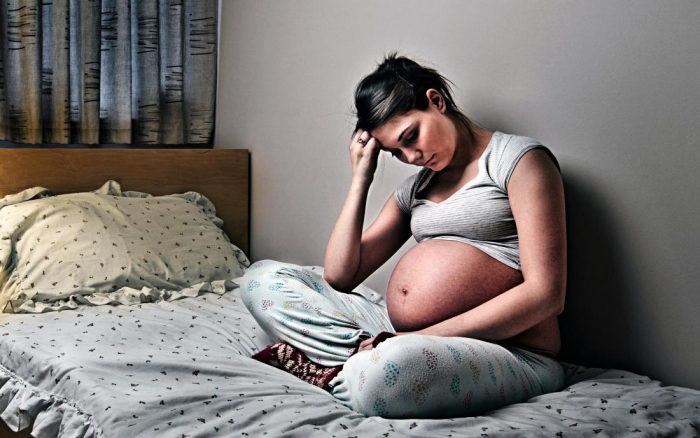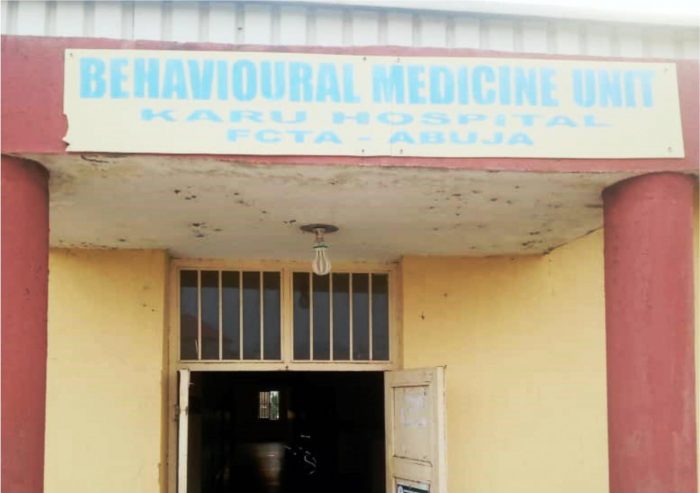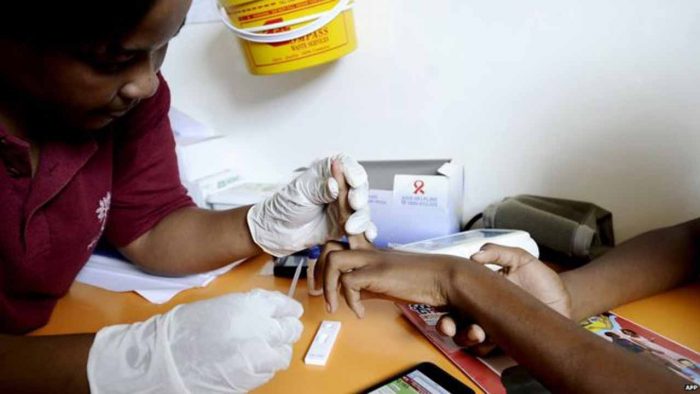Adnexal masses are lumps that occur in the adnexa of the uterus, which includes the uterus, ovaries, and fallopian tubes. They have several possible causes, which can be gynecological or nongynecological.
An adnexal mass could be:
- an ovarian cyst
- an ectopic pregnancy
- a benign tumor
- a malignant tumor
A family doctor can usually manage benign masses. However, prepubescent and postmenopausal individuals will need to see a gynecologist or oncologist.
Malignant adnexal masses require treatment from a specialist.
In this article, we discuss the characteristics of adnexal masses. We also review how doctors diagnose and treat adnexal them.
Symptoms
People report different symptoms, depending on the cause of the adnexal mass.
People with an adnexal mass may report:
- severe lower abdominal or pelvic pain that is usually on one side
- abnormal bleeding from the uterus
- pain during sexual intercourse
- worsening pain during a period
- painful periods
- abnormally heavy bleeding during periods
- abdominal symptoms, including a feeling of fullness, bloating, constipation, difficulty eating, increased abdominal size, indigestion, nausea, and vomiting
- urinary urgency, frequency, or incontinence
- weight loss
- lack of energy
- fatigue
- fever
- vaginal discharge
Different causes of adnexal masses may have similar symptoms, so doctors usually conduct further investigations to determine the exact cause.
Once the doctor has worked out the cause of the adnexal mass, they can recommend treatment and management.
Causes
Adnexal masses include a variety of different conditions that range in severity from benign growths to malignant tumors.
The cause of adnexal masses could be gynecological or nongynecological.
Some of the causes of adnexal masses include:
- Ectopic pregnancy: A pregnancy where the fertilized egg implants somewhere outside the uterus.
- Endometrioma: A benign cyst on the ovary that contains thick, old blood that appears brown.
- Leiomyoma: A benign gynecological tumor, also known as a fibroid.
- Ovarian cancer: These tumors of the ovary may be ovarian epithelial cancers that begin in the cells on the surface of the ovary or malignant germ cell cancers that begin in the eggs.
- Pelvic inflammatory disease: Inflammation of the upper genital tract, which includes the uterus, fallopian tubes, and ovaries. It occurs due to an infection.
- Tubo-ovarian abscess: An infectious adnexal mass that forms because of pelvic inflammatory disease.
- Ovarian torsion: A gynecological emergency involving a complete or partial rotation of the tissue that supports the ovary, which cuts off blood flow to the ovary.
Diagnosis
A doctor may diagnose an adnexal mass by:
- taking a complete medical history
- asking questions about symptoms
- conducting a physical examination
- obtaining blood samples
Most of the time, people will need a transvaginal ultrasound to allow doctors to evaluate the characteristics of an adnexal mass.
Females who have had a positive pregnancy test result and report abdominal or pelvic pain and vaginal bleeding might have an ectopic pregnancy. An ovarian torsion causes sudden, severe pain with nausea and vomiting. Immediate medical attention is necessary to treat both an ectopic pregnancy and ovarian torsion.
People with pelvic inflammatory disease or a tubo-ovarian abscess may experience gradual pelvic pain with nausea and vaginal bleeding.
Early ovarian cancer may sometimes present with nonspecific symptoms. Sometimes, doctors may only detect cancer when the tumor has become malignant.
Malignant tumors may have one or several of the following characteristics:
- a solid component of the tumor
- parts of the tumor have thick divisions larger than 2–3 centimeters separating them
- they are present on both sides of the reproductive tract
- the presence of fluid filled lumps
Treatment
A doctor will choose the most appropriate treatment depending on the cause of the adnexal mass. Women with an ectopic pregnancy will have to end their pregnancy. A doctor may choose one of the following procedures:
- the administration of a single or two-dose intramuscular methotrexate
- laparoscopic surgery
- a salpingostomy or salpingectomy, which are surgical procedures involving the fallopian tubes
Doctors have not yet determined the optimal management of an endometrioma, according to a study that featured in Obstetrical & Gynecological Survey.
Currently, the possible treatments for an endometrioma include:
- watchful waiting
- medical therapy
- surgical intervention
- inducing ovulation and using assisted reproductive technology in females with infertility
People with pelvic inflammatory disease will require courses of intravenous antibiotics, which may include:
- cefotetan (Cefotan)
- cefoxitin (Mefoxin)
- clindamycin (Cleocin)
Some people can receive treatment outside of the hospital setting with oral doxycycline (Vibramycin) and intramuscular ceftriaxone (Rocephin) or another third generation cephalosporin antibiotic. In some cases, doctors will need to add oral metronidazole (Flagyl).
In the past, tubo-ovarian abscesses required surgical removal of the uterus, ovaries, and fallopian tubes. However, doctors can now prescribe broad-spectrum antibiotics. A person with a ruptured tubo-ovarian abscess may still require surgery.
Ovarian torsion is a gynecological emergency. The only treatment is surgery to prevent severe damage to the ovaries and fallopian tubes.
People with leiomyomas or fibroids may receive hormonal treatments or nonsteroidal anti-inflammatory drugs to control the symptoms. Once a person stops taking medication, the symptoms may return, and the fibroids may continue to grow. Surgery is the most successful treatment for fibroids.
The treatment options for ovarian cancer include surgery, chemotherapy, and targeted therapy. Oncologists will consider the following factors before recommending a treatment plan:
- the type of ovarian cancer and how much cancer is present
- the stage and grade of the cancer
- whether the person has a buildup of fluid in the abdomen causing swelling
- whether surgery can remove the whole tumor
- genetic changes
- the person’s age and general health status
- whether it is a new diagnosis, or if cancer has come back
Risk factors
Risk factors depend on the cause of the adnexal mass. Females with ovarian masses have an increased risk of developing ovarian torsion. More than 80% of females with ovarian torsion have masses of 5 cm or larger.
Doctors diagnose fibroids in about 70% of white females and more than 80% of black females by the age of 50 years. Other factors may increase a person’s risk of developing fibroids, such as:
- starting periods early in life
- using oral contraceptives before 16 years of age
- an increase in body mass index (BMI)
Ovarian cancer can run in families. People with a family history of ovarian cancer may have an increased risk of developing ovarian cancer. Other risk factors include:
- inherited genetic changes
- hereditary nonpolyposis colorectal cancer
- endometriosis
- postmenopausal hormonal therapy
- obesity
- tall height
The likelihood of developing cancer also tends to increase with age.
Summary
Adnexal masses are lumps that doctors may find in the adnexal of the uterus, which is the part of the body that houses the uterus, ovaries, and fallopian tubes. Not all masses are cancerous, and they do not all require treatment.
Different types of adnexal mass can share many of the same symptoms. As a result, doctors need to collect a full medical history and data from physical examinations, blood tests, and medical imaging, including transvaginal ultrasounds.
Doctors need to pinpoint the location and cause of an adnexal mass to determine the appropriate management and treatment.










